I have lived in my home for two years, and I still don't know the names of all the plants in my garden. One bush in particular kept eluding me. It is a beautiful white bush, fully grown, with long branches full of white flowers every summer. I wondered what it could be.
For two years, I simply enjoyed the blooms and forgot about the bush every spring and fall. Every time it bloomed in late summer, I would wonder again, What
is that plant?

Amy Renea
This year, while walking around Hershey Gardens in Pennsylvania, I stumbled upon a plant that looked familiar. A closer look assured me that this was the same plant I had growing at home, and the tag informed me that it was
Lagerstroemia indica, hardiness zones 7 to 9.
I had a good old basic white crape myrtle. I knew I had
pink crape myrtle in various parts of the garden. I had seen mile upon mile of blooming crape in the Carolinas the previous summer. I knew this plant! I just didn't know it in white.
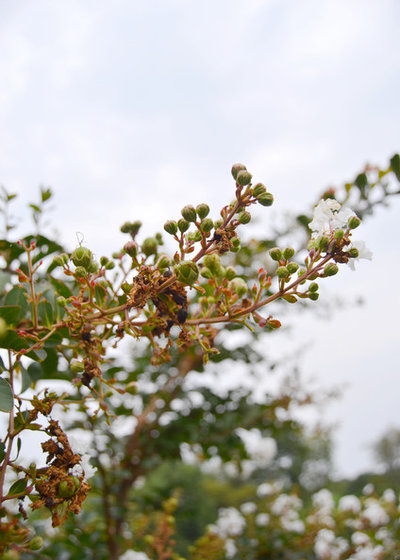
Amy Renea
The white can be used in more color schemes than the red or brilliant pink, and blends into almost any landscape seamlessly.
Once I realized that this beautiful white bush was a hardy, tough crape myrtle, I made it my mission to use it more in the garden. It's a beautiful, easy-care plant that comes in a surprising array of colors, from pink and red to lavender and, as I know now, white. Grown as a standard a crape myrtle, it makes the perfect small ornamental tree.
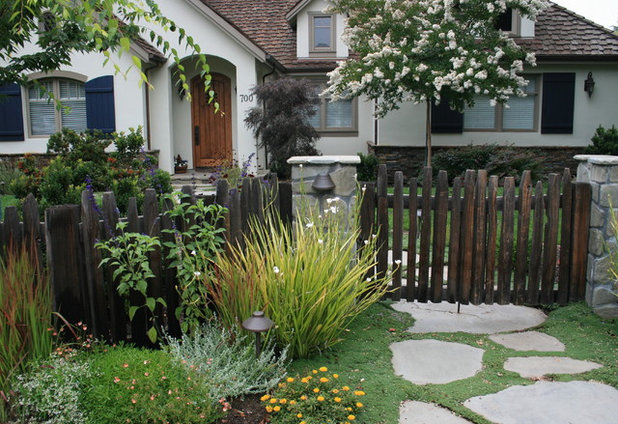
Mozaic Landscapes
White crape myrtle can be used in all the same ways as the classic pink but has more flexibility, thanks to its unobtrusive color. The white variety shines while still blending in with a calm, neutral home facade.
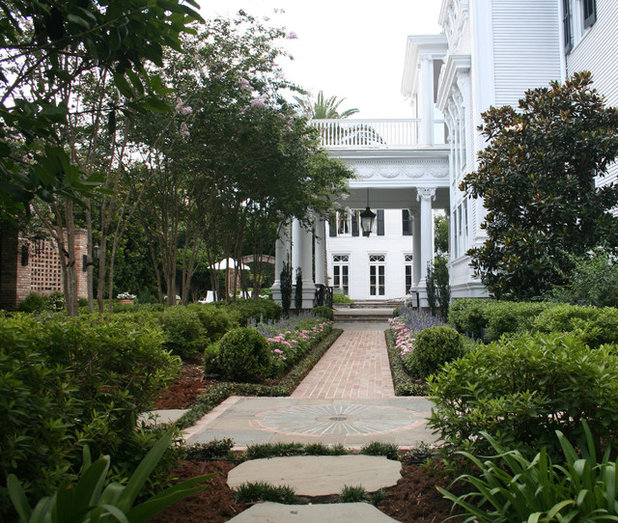
McDugald-Steele
Lining a long walkway is another typical use for crape myrtles — it never gets old. Choosing a white variety keeps the look simple and clean when the path goes into bloom.
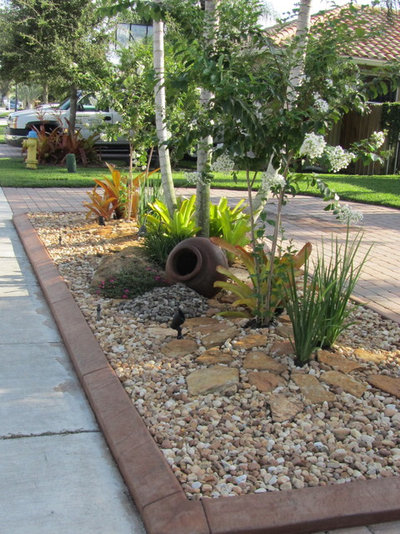
It’s also a good understory plant, so it can be placed under larger trees and still shine. The beauty of this plant is that it fits in with tropical plants down South just as seamlessly as with the hardier plants in my zone 6 Pennsylvania garden.
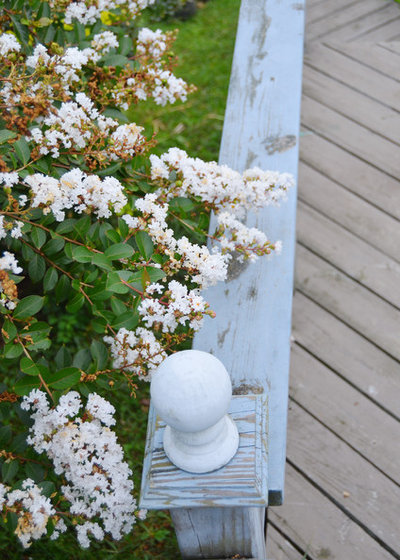
Amy Renea
My crape myrtle borders a walkway. Its panicles tickle the railing when in bloom, softening the hard edges and straight lines of the railing.
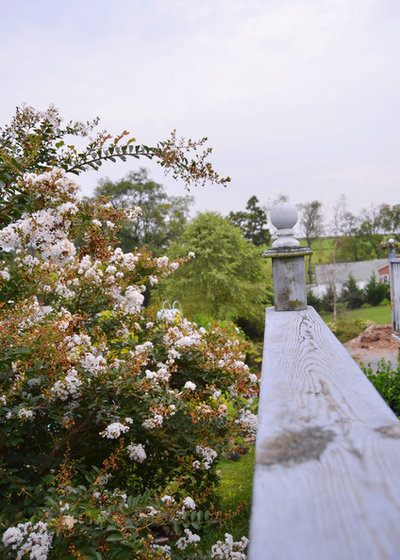
Amy Renea
Make sure to plant the bush several feet from the hardscaping you want to accent. When left to grow naturally, crape myrtle grows into a tree that's 6 to 8 feet wide. The panicles should just reach out and slightly over a railing, without dwarfing it.
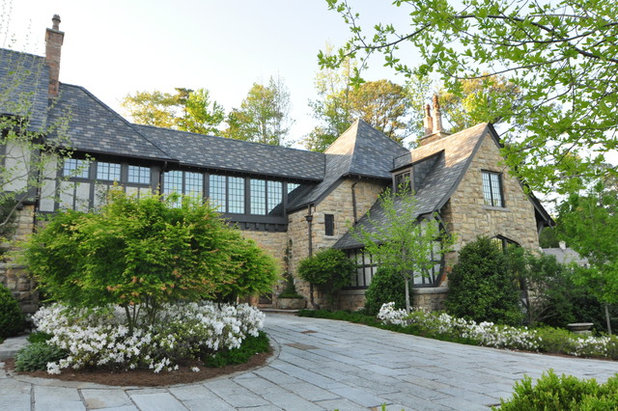
I love using a color over and over again in different seasons. It gives your home a consistent color and overall landscaping theme, even as the actual plants in bloom change and rotate. White in particular can be used as a foil with almost any other set of colors and will blend seamlessly into any landscape. This garden highlights how white can tie a garden together, with the white of the crape myrtle repeated in other plants.
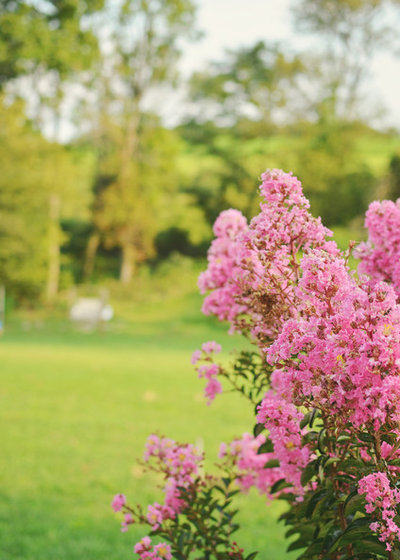
Amy Renea
So whether you choose the pink crape myrtle or the quieter white, consider adding this great tree to your garden. Stop by your local nursery and grab one — or a few. Fall is the perfect time for planting, and you know that walkway is just dying for a crape!
More: How to plant and grow crape myrtle





